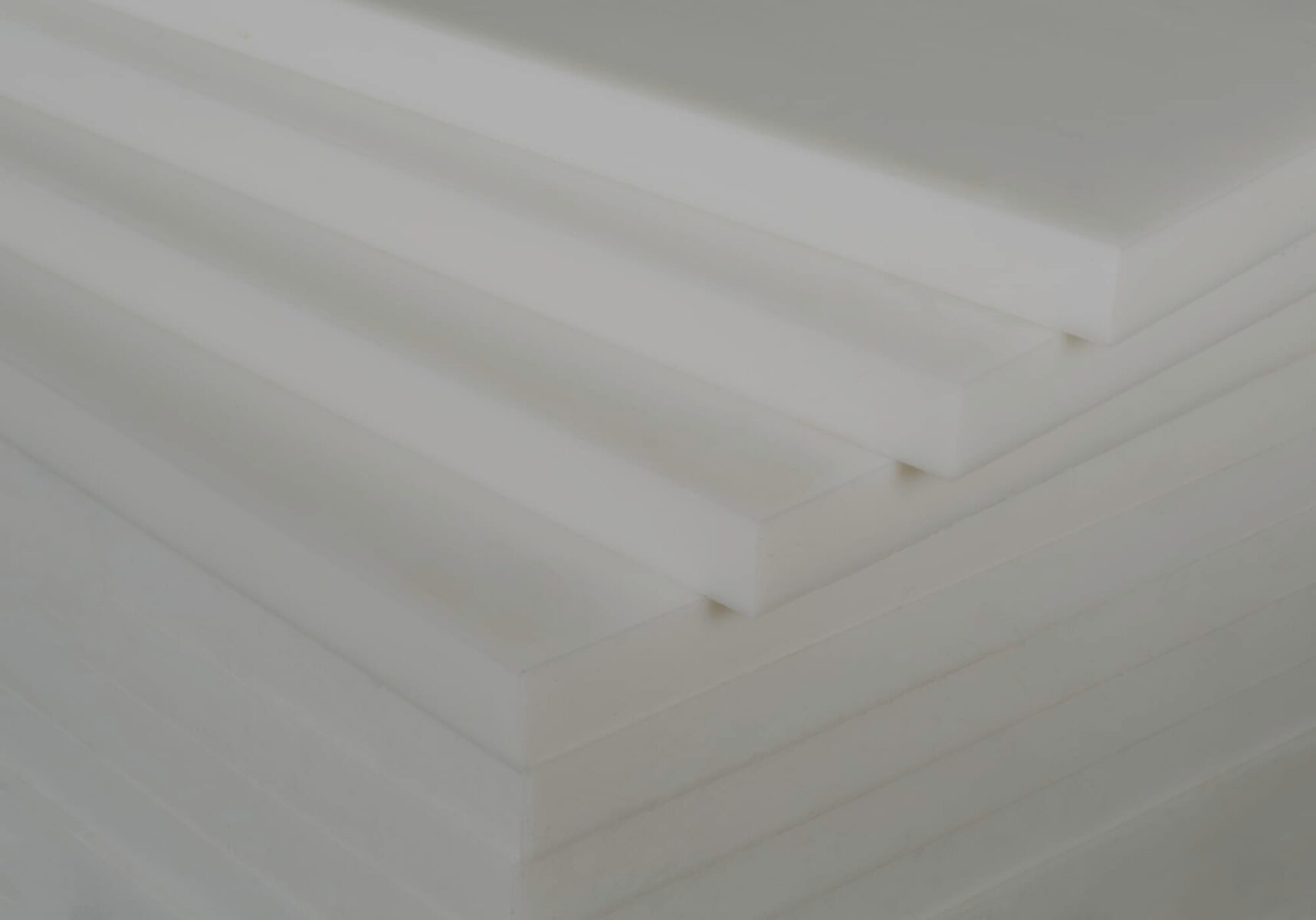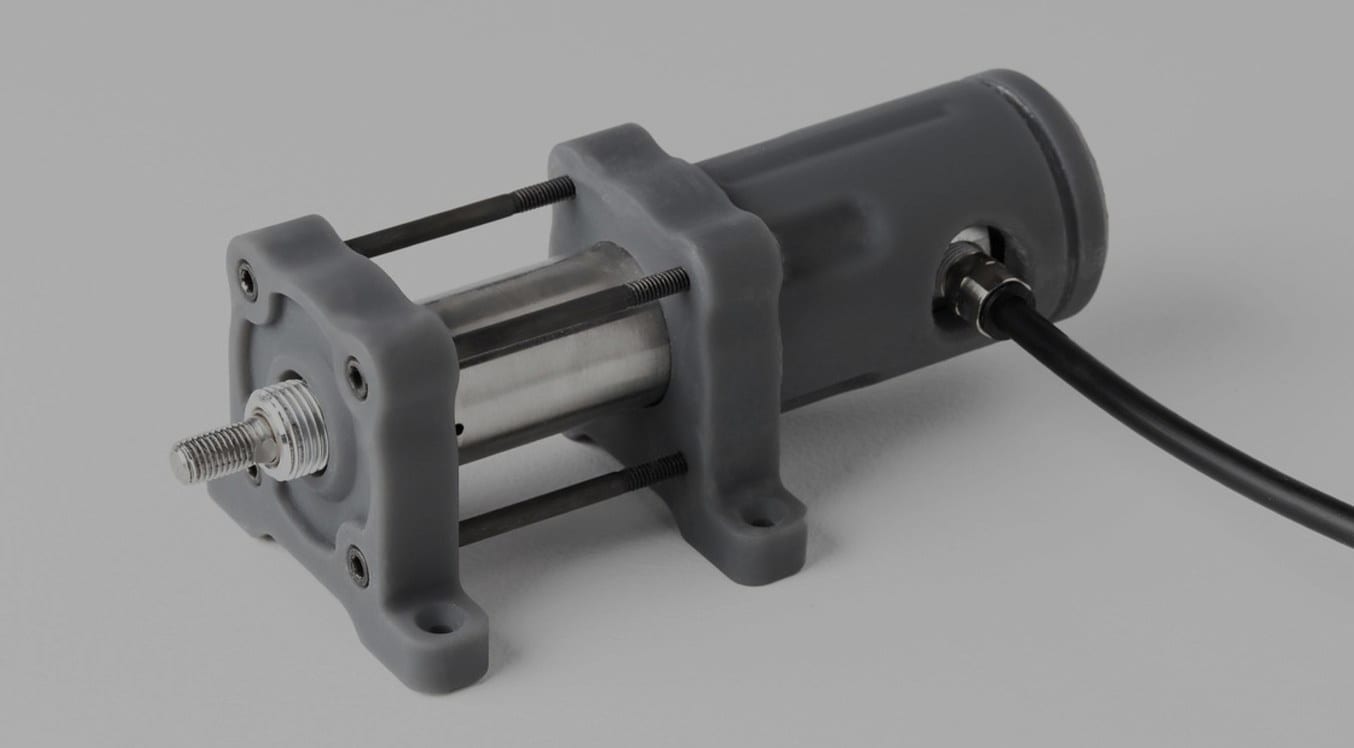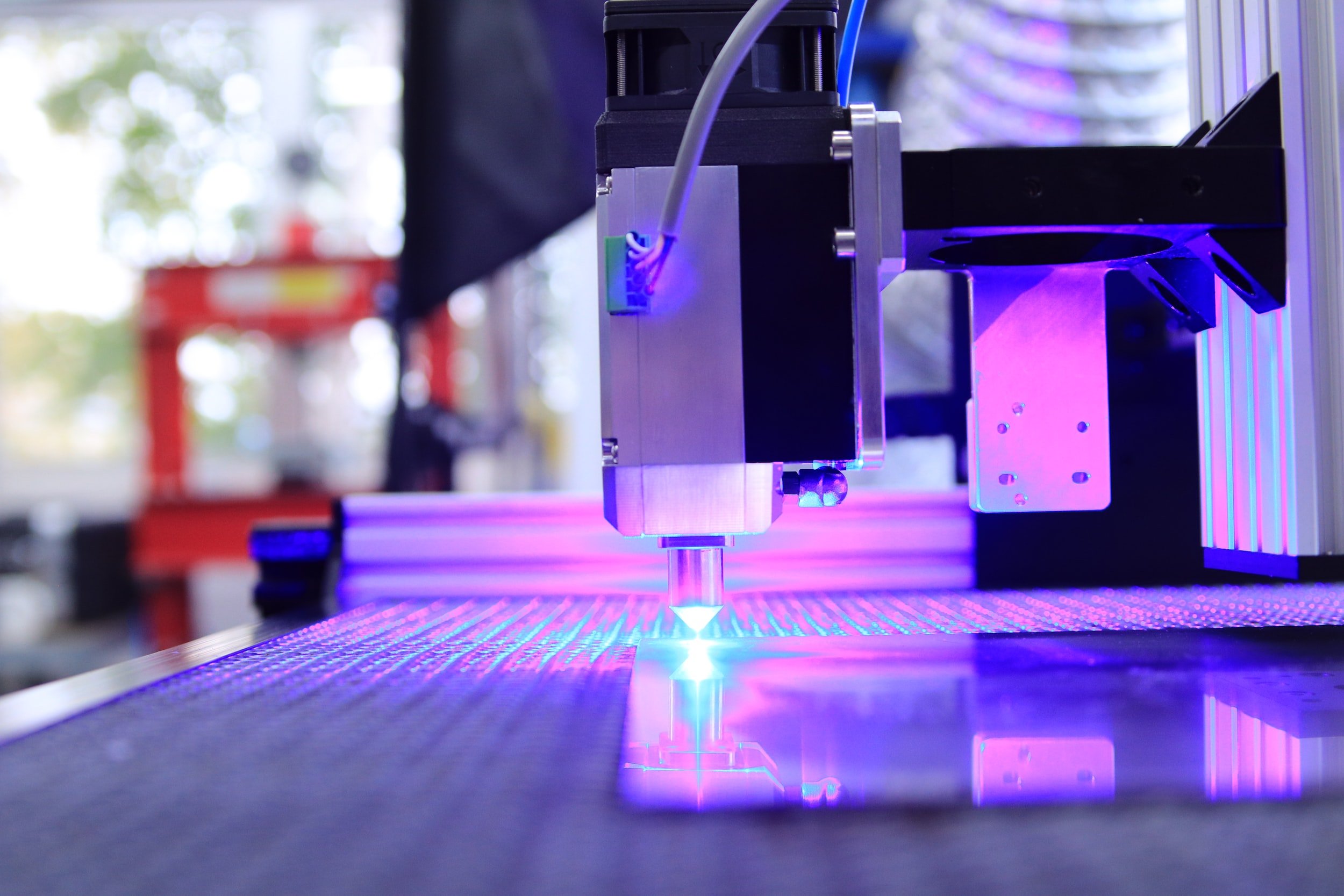Why Dimensional Tolerances Matter
Published on March 4, 2021

Originally published on fastradius.com on March 4, 2021
Dimensional tolerances are a crucial part of the design and manufacturing process. A tolerance is a numerical range of measurements assigned to a part’s dimensions indicating how much a manufacturing team can drift from the nominal measurement. Spending time on proper tolerancing pre-manufacturing can lead to a quick, efficient build.
Imagine you order 50,000 components for a new project, and half arrive 0.2mm too small. For some parts, this variation wouldn’t matter, but for your specific part, the disparity renders half of the parts unusable. Now you have to try and salvage the undersized parts, or start all over again. This wasted time and energy could have been avoided had you defined proper tolerances for your components early on in the design process.
The more deeply you consider manufacturing materials, design for assembly, and other elements of design and production, the more precise your dimensional tolerances and fits will be. A strong dimensional tolerance analysis process will help you determine your component’s optimal tolerances, helping ensure your parts are built efficiently, reliably, and fully functional.
Understanding Dimensional Tolerances
Dimensional tolerances can be applied to any element, including color, texture, temperature, and shape, as well as natural phenomena like corrosion.
Usually, tolerances are numerical measurements of a product’s X, Y, and Z dimensions. Here are some common terms for describing the various elements of a component’s dimensional tolerance:
- Basic or nominal size: The ideal dimension of your component
- Lower deviation: The difference between a part’s minimum component size and its basic size
- Upper deviation: The difference between a part’s maximum component size and its basic size
- Tolerance band: The range of upper and lower tolerance limits (i.e. all of a component’s deviations)
A part’s tolerance can be either “tight” or “loose,” depending on how exact a component’s measurements need to be. Tight tolerances allow for very little lower and upper deviations, which makes them precise but expensive, as they require specialized manufacturing equipment.
Loose tolerances allow for more leeway, which can be more affordable — but overly loose dimensional tolerances can compromise precision and usability. To achieve optimal tolerance, you must strike the balance between cost-effective production and necessary precision for functionality.
Why do Dimensional Tolerances Matter?
Tolerances are crucial to ensuring your parts fit together to form a successful final product. You’ll want to measure your tolerances as best you can — the most accurate dimensional tolerance analyses will account for margins of error without demanding expensive over-precision. Striking this balance will ensure you use only the necessary manufacturing materials, tools, and labor, mitigating production timelines and costs.
Of course, there will always be deviations in a component’s dimensions due to manufacturing errors and natural, unavoidable variations in materials. The point of creating tolerances isn’t to avoid these errors completely, but rather to account for these variations and control for them. Tolerances that consider physical limitations of material and manufacturing methods can help you feel confident in the production consistency of your part.
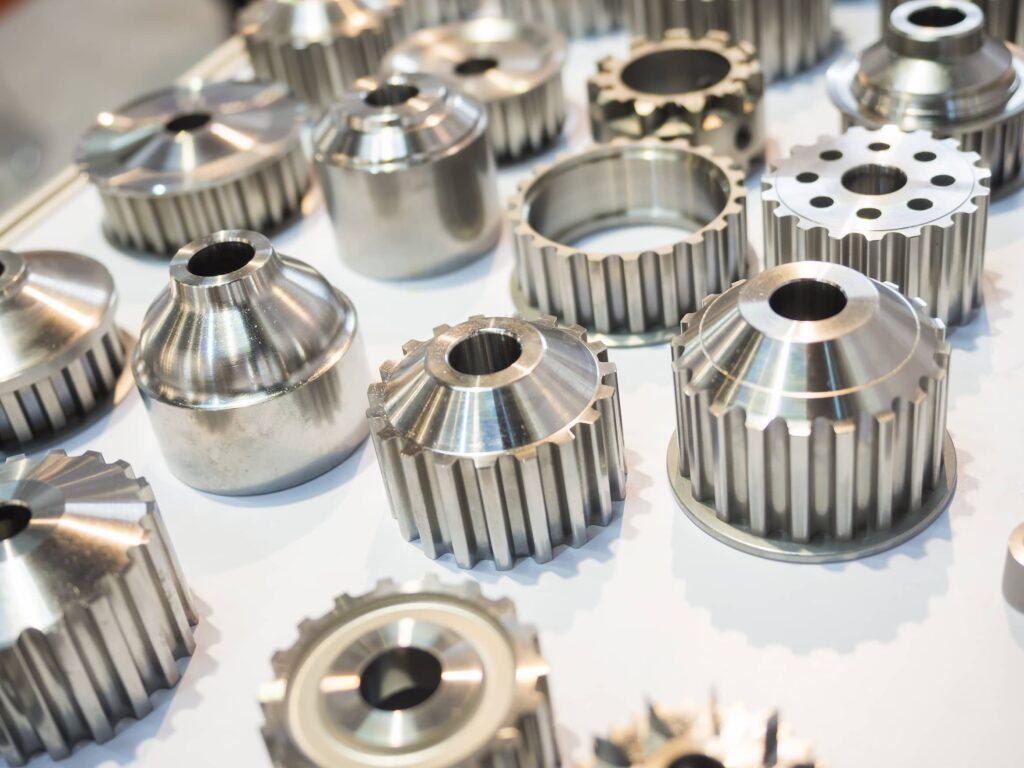
It’s particularly important to have accurate dimensional tolerances for 3D printed moving parts, because even the smallest deviation could lead to a size disparity that causes incompatibility — and this could potentially happen to a lot of individual components. Accounting for dimensional tolerances in your design will help remove ambiguity from the manufacturing process, ensuring effective manufacturing and ultimately, high-performing parts.
Tips and Tricks for Dimensional Tolerances
Creating tolerances is crucial to the success of your product, but it can be as complicated as it is essential. When deciding on a component’s tolerances, you must consider every physical property of the design, every step in the assembly process, and every potential application of the final product. Here are some common mistakes product designers, developers, and engineers may make when creating tolerances for their components:
Missing the Mark When it Comes to Precision
It’s easy to simply create tolerances that are too loose or too tight. Additionally, it’s common to ineffectively gauge environmental factors like surface roughness and mold temperature, which can greatly affect your tolerances. Consider application requirements, performance expectations, and environmental factors early on in the design process. Otherwise, you may risk remanufacturing components — which can lead to increased costs, time, and resources.
Overlooking Post-Processing and Finishing Considerations
Finishing or post-processing — such as coating or electroplating — also impacts the tolerance band of a given component. Being unaware of these steps, or simply overlooking them in the design and prototyping stages, may result in mismeasured tolerances.
Leaving Your Tolerances to Chance
If you don’t specify your tolerances, your manufacturing team or vendor could place their own tolerances onto your component, which could result in improper sizing and unusable parts.
How to Tolerance a Part
It’s important to identify tolerances as early in the design process as possible. This allows you to keep key considerations in mind throughout the entire product development lifecycle. Here are five steps to help you determine tolerances:
- Identify your component’s function: What role does your part perform in the larger use-case picture? Also: what does it literally do? Is it static, or will it rotate, oscillate, be subjected to friction, or require load bearing? Is it part of a larger assembly? All these questions will help you define your dimensional tolerances.
- Consider your materials: Different materials offer unique chemical and mechanical properties, and will have different margins to consider. For example, plastics are more prone to changing in size, so dimensional tolerances for plastic injected parts will have to account for increased variation.
- Consider your manufacturing procedures: Just like materials, distinct manufacturing methods and tools may require you to take unique measurement errors into account when creating tolerances. Rigid machinery can adjust to tighter tolerances, whereas the general tolerance for rubber parts must account for more variation due to shrinkage and expansion.
- Conduct a costs-benefit analysis: Using the above information, find a balance between a too-tight and an overly-loose tolerance. Keep the manufacturing process simple, speedy, and cost-effective while ensuring every individual component is sized correctly.
- Account for tolerance slack and stacking: Tolerance slack is the total tolerance band of a product, combining the tolerance bands of each individual component. Knowing your tolerance slack can help you avoid tolerance stacking — this is when too many small tolerance inaccuracies lead to larger errors and miscalculations.
After completing these five steps, you can start defining those dimensional tolerances and fits.
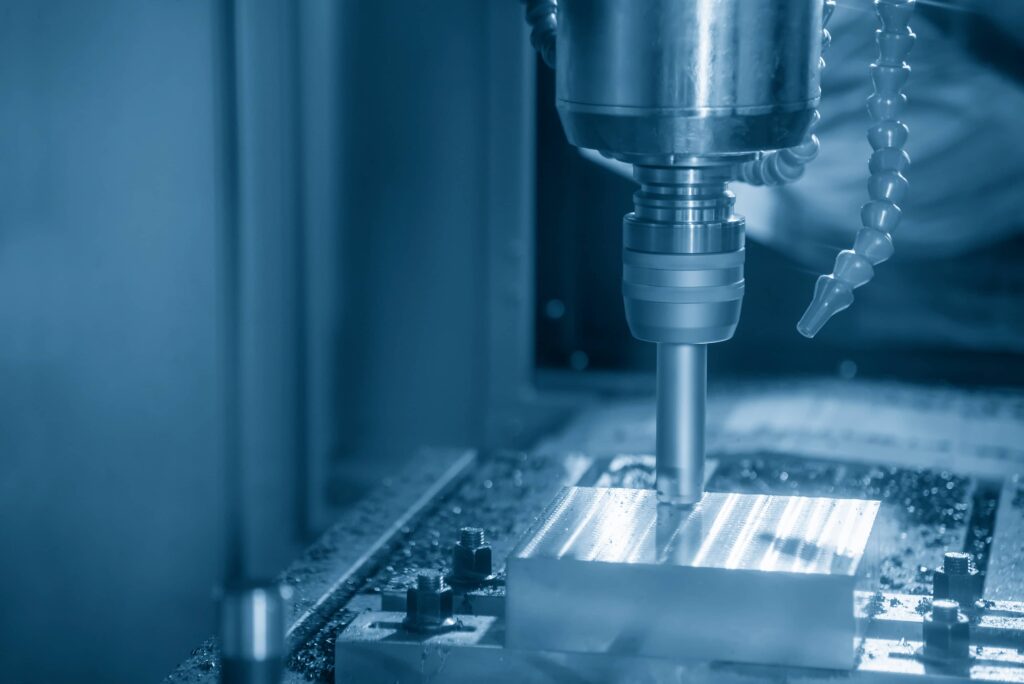
Create Dimensional Tolerances with SyBridge
Effectively tolerancing a given part requires weighing a number of relevant factors and doing your due diligence to ensure you’ve assessed potential risks and benefits accordingly. It can be a tedious process and may involve a range of unpredictable considerations. To simplify and streamline the process of tolerancing — and, more broadly, to better optimize your designs — consider partnering with an on-demand manufacturer like SyBridge.
Our team of seasoned designers, engineers, machinists, and advisors can help you tolerance parts more effectively, ensuring that parts fit well, function correctly, and enjoy a long lifespan. Leveraging our proprietary cloud-based manufacturing platform, SyBridge ensures all parts are designed for manufacturing and produced with speed, precision, and consistency — even your zero tolerance custom parts. Contact us today to learn more about how we can bring your next project to life.

